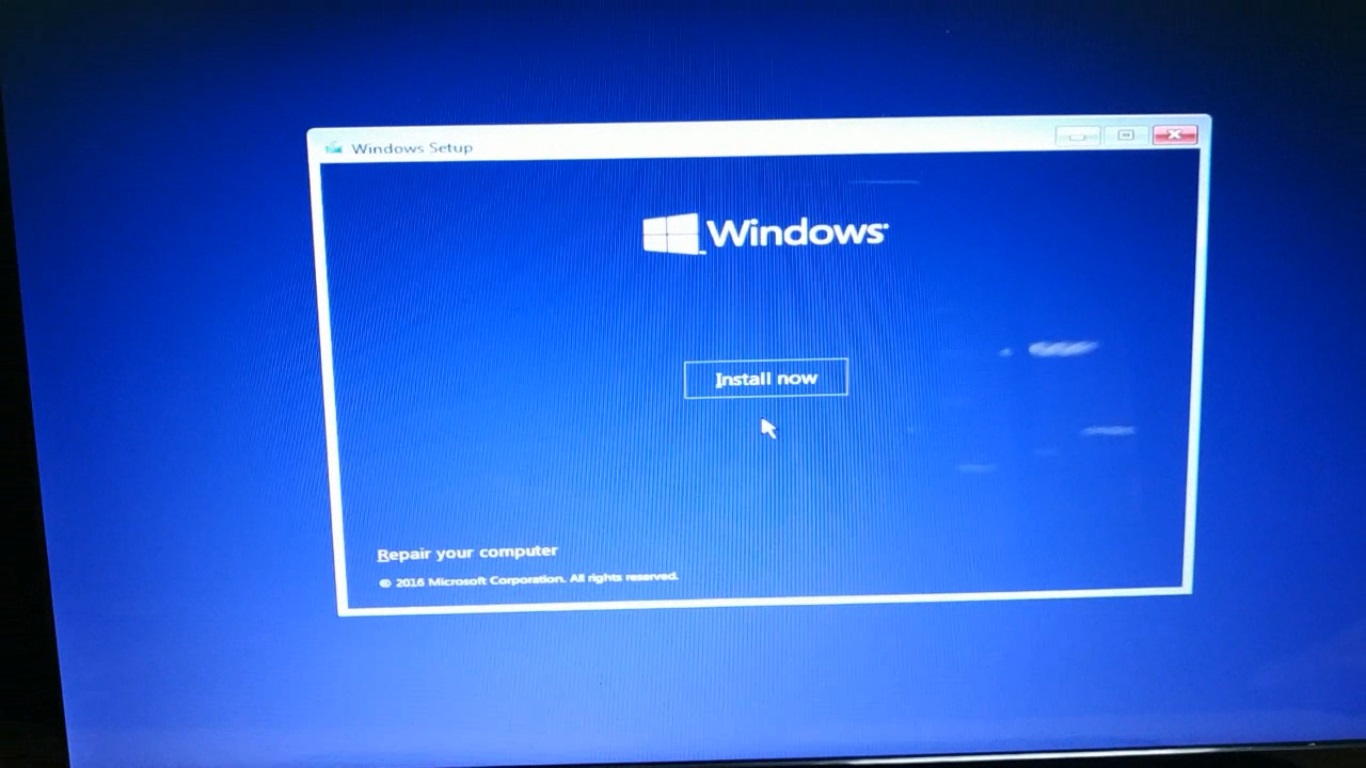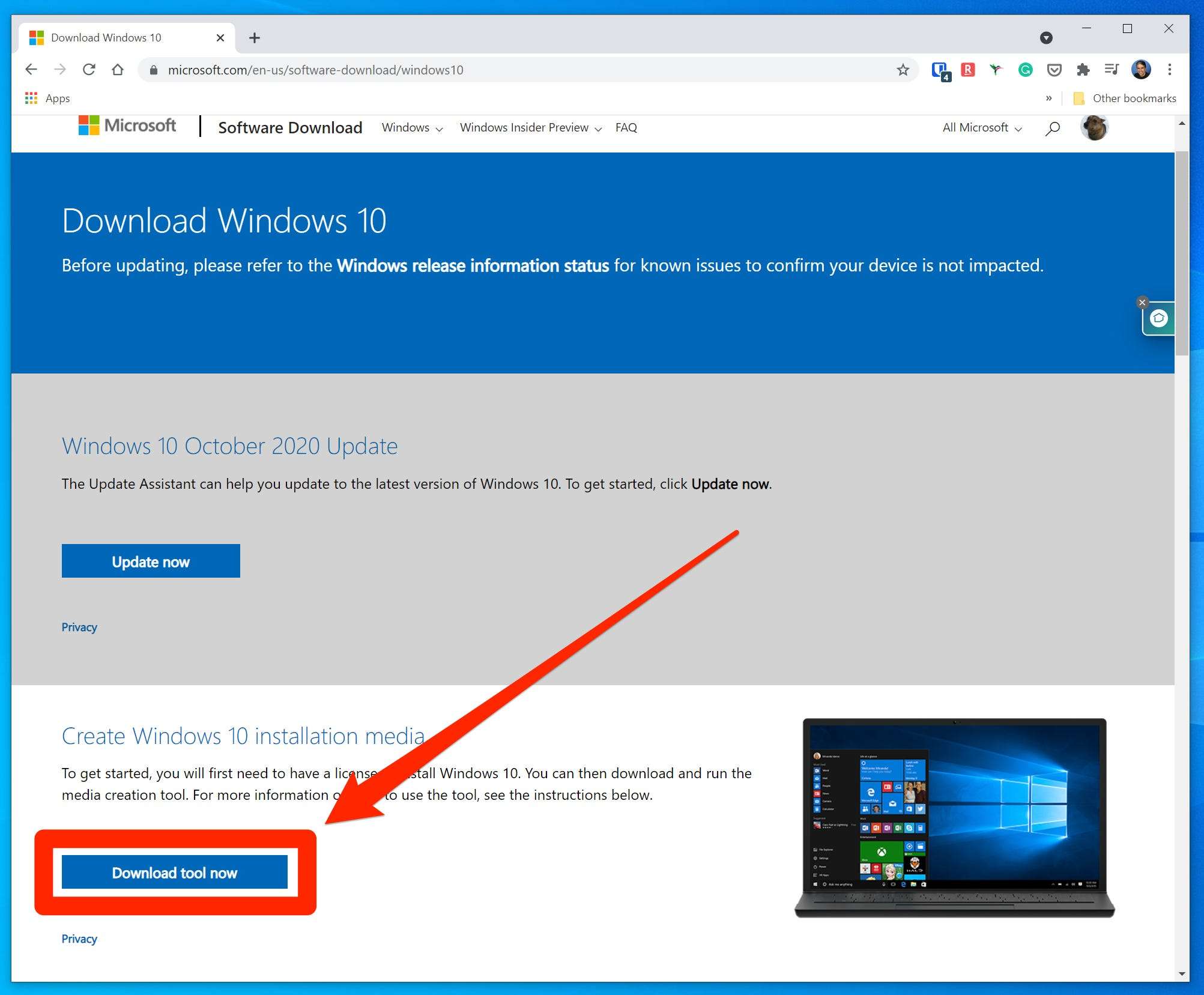


The utility offers two ways to make the installation media, including using an existing ISO file or downloading the image from the Microsoft servers directly from the app.Ĭreate flash drive with existing Windows 10 ISO

If the Media Creation Tool does not work or you do not want to use it, then you can try Rufus, a popular free third-party tool that allows you to create an installation media with support for UEFI devices. How to create Windows 10 UEFI boot media with Rufus Split the Windows image file into smaller files, and put the smaller files onto the USB drive: Dism /Split-Image /ImageFile:D:\sources\install.wim /SWMFile:E:\sources\install.Once you complete the steps, the Media Creation Tool will download the files and will create a bootable USB flash drive that you can use to install Windows 10 on computers with support for UEFI and BIOS. If your image is larger than the filesize limit:Ĭopy everything except the Windows image file (sources\install.wim) to the USB drive (either drag and drop, or use this command, where D: is the mounted ISO and E: is the USB flash drive.) robocopy D: E: /s /max:3800000000 Windows USB install drives are formatted as FAT32, which has a 4GB filesize limit. Follow the instructions to install Windows. Select the option that boots the PC from the USB flash drive. Turn on the PC and press the key that opens the boot-device selection menu for the computer, such as the Esc/F10/F12 keys. For more information, see Automate Windows Setup. Optional: add an unattend file to automate the installation process. Use File Explorer to copy and paste the entire contents of the Windows product DVD or ISO to the USB flash drive. Step 2 - Copy Windows Setup to the USB flash drive If Mark Partition as Active isn't available, you can instead use diskpart to select the partition and mark it active.


 0 kommentar(er)
0 kommentar(er)
